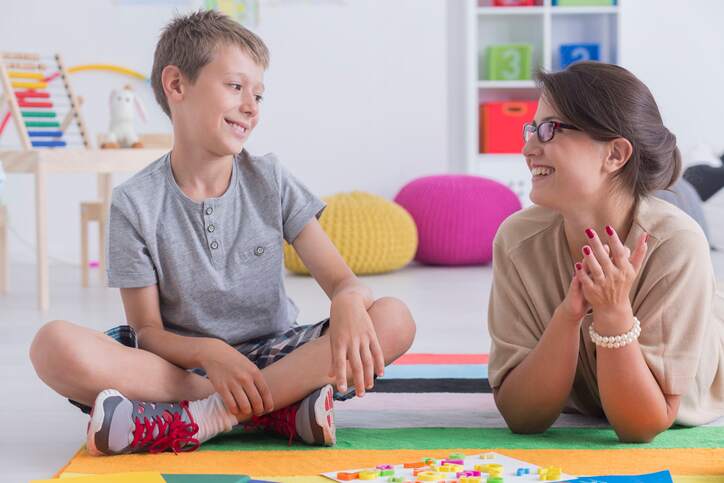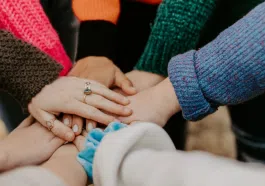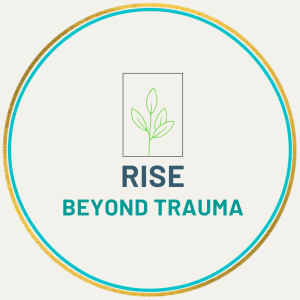Like adults, children go through emotional changes. These fluctuations can be characterized by sadness, anger, or even frustration. If these issues are not corrected, they can take a toll on your kids and impact the quality of your child’s life. Behavioral therapy for children can help manage these issues to ensure your child lives normally. Here we look at everything to know about behavioral therapy for kids.
What is Behavioral Therapy?
Behavioral therapy is a broader term describing various techniques used to treat mental health issues. These techniques encourage good behaviors while eliminating unwanted ones.
Behavioral therapy techniques are based on the principle of behaviorism, which states that we learn from our environment. Unlike other therapy techniques, behavioral therapies are action-based since the goal is to encourage desirable behavior.
Types of Behavioral Therapy for Children
To better understand behavioral therapy for children, let’s look at the different types it comprises:
- Cognitive behavioral therapy (CBT): This technique focuses on helping people identify unhelpful thoughts and change them. It aims at identifying thoughts that cause bad behaviors and correcting them.
- Applied behavior analysis: This technique applies behavioral principles in individual and cultural contexts. The applied behavioral analysis uses the available research to learn about children’s behavior in real-life situations.
- Dialectical behavioral therapy (DBT): Therapists use this behavioral technique to help children learn how to manage their emotions and stress and improve social relationships. It relies on behavioral and cognitive approaches to achieve this.
- Exposure therapy: This technique is great for children and adults with a phobia of specific situations and objects. It works by exposing children to their source of fears and helping them practice relaxation strategies.
- Cognitive behavioral play therapy: Therapists use play to treat psychological challenges in children. This technique teaches a child to learn and think differently.
- Social learning theory: This technique focuses on how children learn through observation. For example, a child can learn a behavior change by watching others punished or rewarded for bad or good behavior.
How Does Behavioral Therapy Work?
There’s no one fits all therapist treatment for children. Before your therapist develops a treatment plan for your child, they will have a thorough discussion with you and your child to understand the underlying issue and the goals clearly. After this, they will develop a structured approach to solve specific problems in a number of sessions. The number of sessions your therapist will prescribe will depend on the child’s situation and goals.
Behavioral therapy for children is more than talk therapy. It involves tangible and actionable steps that will help your child learn to think positively and take appropriate actions.
Depending on your child, your therapist can prescribe behavioral therapy alone or in combination with medications.
Behavioral Therapy Techniques
Below are different behavioral techniques that can help your child:
- Trauma-focused CBT: This technique is ideal for kids affected by traumatic events, like parental abuse, bullying, natural disasters, etc. With this technique, the therapist focuses on behavioral issues related to the trauma.
- Toys and games: Therapists can use dolls and crafts to address behavioral issues in kids. Besides being a form of behavioral treatment itself, toys and games offer a great way to capture children’s attention.
- Modeling: Here, the therapist acts the way they want the child to act when faced with a specific situation. For example, if a child is a bully victim, they can act out to show them what to do when bullied.
- Exposure: With this technique, the therapist will expose the child to phobia or trigger situations to figure out why they trigger anxiety or stress in the child.
- Restructuring: This technique involves teaching a child to identify when they have a negative thought so they can replace it with a positive one.
Signs that a Child Needs This Type of Therapy
Many parents will think their children have issues when they display undesirable behaviors. However, before you conclude, consider these factors:
- Age: It’s normal for a two-year-old to push back regarding food and other things children of their age do. When this happens, don’t assume your child has a behavioral disorder before a thorough analysis.
- Level of development: Your child can develop at a different pace than others. So the fact that your child is late to hit a milestone that others of their age have doesn’t mean they have a problem.
- Changes in the family: Sometimes sudden behavioral changes in children are related to changes in your home. For example, if a family member passes on or you move to a new house. These things could impact your child’s behavior.
The above behaviors could be normal and should not alarm you. But you should seek help if your child shows the below warning signs:
- Unhealthy social life, for example, the inability to make or maintain healthy relationships
- Frequent disruptions in school
- Acting inappropriately for their age
- Refusal to change the behavior regardless of the consequences
- Self-injury, i.e., by banging themselves on the wall
- Lack of remorse or empathy
- Showing cruelty to animals
- Damaging property
- Dishonesty
- Constant fighting and causing trouble
- Poor performance in school
- Engaging in early sexual behavior
- Anxiety symptoms that interfere with their normal life
- Alcohol and drug abuse
- Threatening to run away
Sometimes your child can show adverse signs like threatening or attempting suicide or threatening or hurting others. In such a case, it’s best to seek immediate medical care.
How to Help Your Child?
Behavioral therapy for children is the best way to help your child who exhibits dangerous behavior. The treatment technique involves helping children understand their thoughts and feelings and how they impact their behavior.
Ideally, behavioral therapy aims to turn an undesirable behavior into a good one. However, it’s crucial to identify what triggers the unwanted behavior and actions to be effective. Once the children understand their thoughts, they learn how to shape them to achieve more positive behavior.
Behavioral therapy sessions for children can be one-on-one with just the child and the therapist, parent-child sessions, or with other children with similar mental issues. Whichever the case, the success of this activity depends mainly on the therapist you choose. We recommend checking our therapist resources for the best behavioral therapist who can guarantee the best results for your child.















